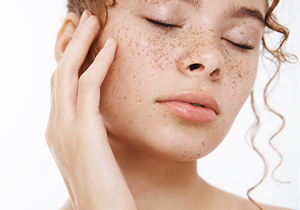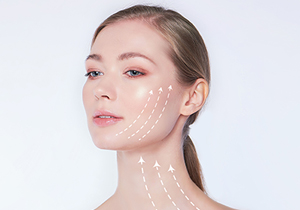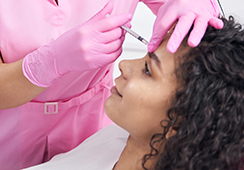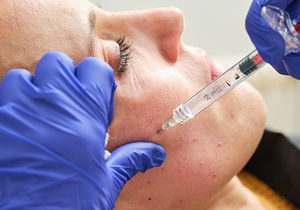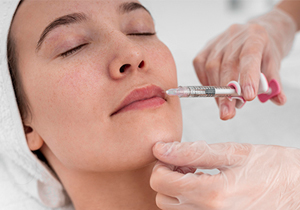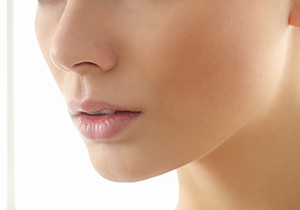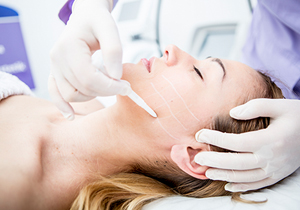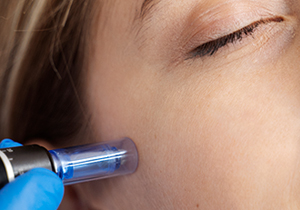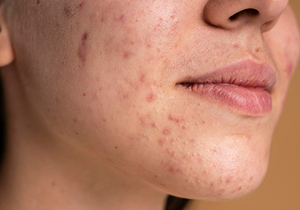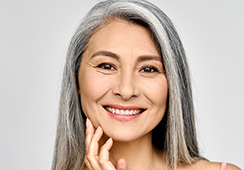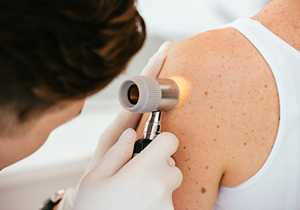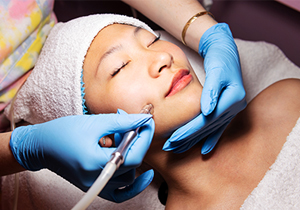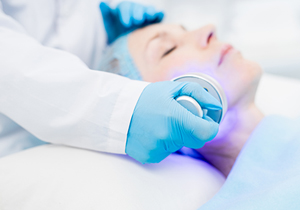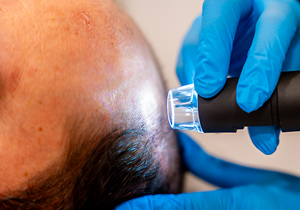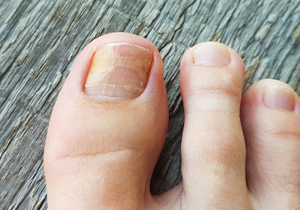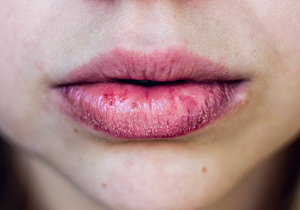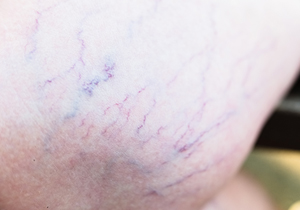Menu
Close
Hair loss
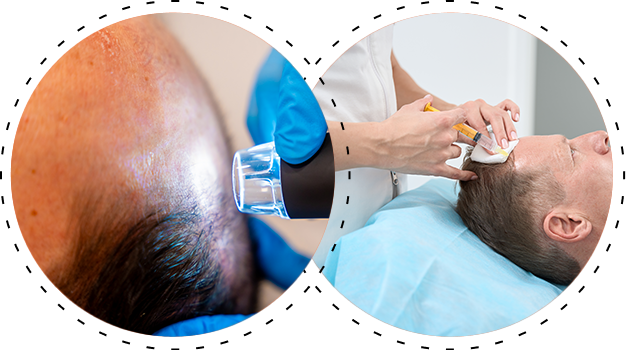

Recovery Time
Depends on the cause: temporary (weeks/months) or permanent (ongoing treatment).

Benefits
Treatments can slow loss, regrow hair, or improve scalp appearance.

Effects
Side effects include scalp irritation and (for some medications) unwanted hair growth.
What is hair loss?
We all have a natural cycle of hair loss and hair growth. Sometimes we seem to lose a lot of hair, and sometimes very little. Hair loss can be temporary, but sometimes it’s permanent.
Male- or female-pattern baldness, androgenetic alopecia, is the the most common type of balding (excessive hair loss). It’s usually genetically inherited from either, or both, parents. And it usually develops later in age.
Some people prefer to let this type of hair loss run its course untreated and unhidden. Others may cover it up with hairstyles, makeup, hats or scarves. And still others choose one of the treatments available to prevent further hair loss or restore growth.
However, sometimes hair loss can be caused other underlying problems such as:
- an autoimmune condition called alopecia areata
- medicines that cause hair loss as a side effect
- stress
- nutritional deficiencies.
What are the symptoms of hair loss?
For male-pattern balding, you may notice a slowly receding hairline or patchiness.
Symptoms of female-pattern balding differ to male balding, and you may notice:
- thinning of your hair all over the scalp
- a decrease in the thickness of your ponytail
- widening of your part at the scalp
- thinning at the frontal hairline or temples
- losing more hair than usual
Hair loss caused by alopecia areata is often patchy and can also occur on other parts of the body such as the eyebrows or eyelashes.
What causes hair loss?
Most commonly, hair loss happens because of an inherited trait, and is related to hormones called androgens (particularly dihydrotestosterone).
However, hair loss may also be a sign of a more serious problem such as:
- An auto-immune condition called alopecia areata. This condition is where your immune system attacks hair follicles.
- Polycystic ovarian syndrome (PCOS) in women is when the ovaries produce abnormally high levels of male hormones, that can cause hair to shed.
- Excessive and rapid hair loss occurring 2 to 3 months after some sort of trauma(such as an accident, surgery, illness, drastic weight loss, or some other type of stress). This medical term for this is telogen effluvium.
- Somemedications may cause hair loss as a side effect. Common groups linked to hair loss include chemotherapy drugs, retinoids and antifungal drugs.
- A nutritional deficiencyin iron, protein, vitamin D and other micronutrients could cause you to lose more hair than normal.
What are the treatment options for hair loss?
Treatment options for hair loss vary and will depend on what is causing your hair loss. It’s best to schedule an appointment with a medical professional if you’re worried about your hair loss.
For male or female pattern balding the main medicine used is minoxidil (Rogaine®) — prescribed as a lotion to rub into the scalp or as a tablet to take.
For women with hormone-related hair loss, a doctor may prescribe a hormone blocker. This may help slow hair loss.
Treatment options for alopecia areata includes:
- Corticosteroids that can dampen the immune response. These can be given as an injection into the scalp or other areas, orally (as a pill), or applied topically (rubbed into the skin) as an ointment, cream, or foam. Response to therapy may be gradual.
- minoxidil, as is used for male and female pattern hair loss.
Ready to discuss your skin concern?
Visit the team at Aspire Skin Clinics if you’re looking to treat minor skin concerns or require specialised medical, surgical or cosmetic treatments.
NOTE: While it is reviewed for clinical accuracy, the content on the Aspire Skin Clinic website does not replace professional advice. This information should not be used as an alternative to professional healthcare. If you have a particular medical problem, please consult a doctor or a specialist.

